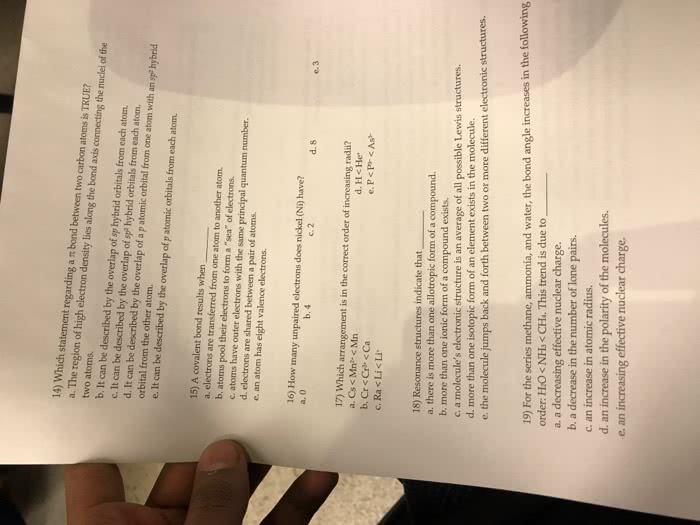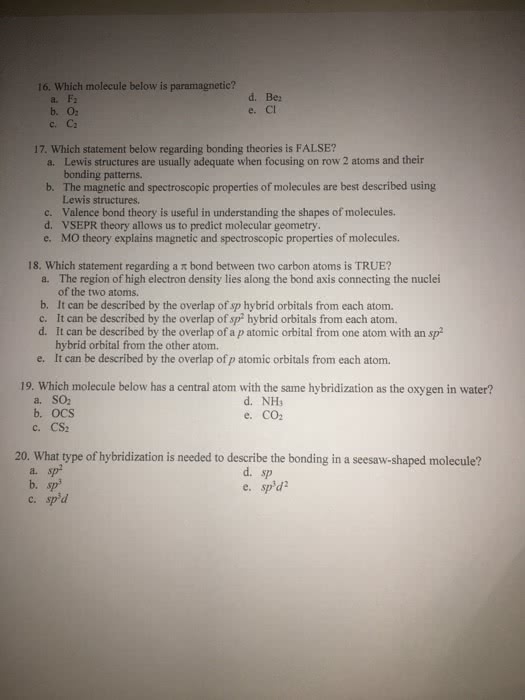CHEM 103 Chapter Notes - Chapter M8Q1: Chemical Polarity, Joule, Nonmetal
Document Summary
Formation of covalent bonds: nonmetal atoms frequently form covalent bonds with other nonmetal atoms, starting on the far right, we have two separate hydrogen atoms with particular potential energy, indicated by the red line. Along the x-axis is the distance between the two atoms. As the two atoms approach each other (moving left along the x-axis), their orbitals (including their valence 1s orbitals) begin to overlap. The single electrons on each hydrogen atom then interact with both atomic nuclei, occupying the space between both atoms. The system is stabilized by the two electrons occupying a lower energy bonding orbital that results from the overlap of the valence 1s orbitals. The attraction of each shared electron to both nuclei further stabilizes the system, and the potential energy decreases as the bond distance decreases. If the atoms continue to approach each other, the positive charges in the two nuclei begin to repel each other, and the potential energy increases.



